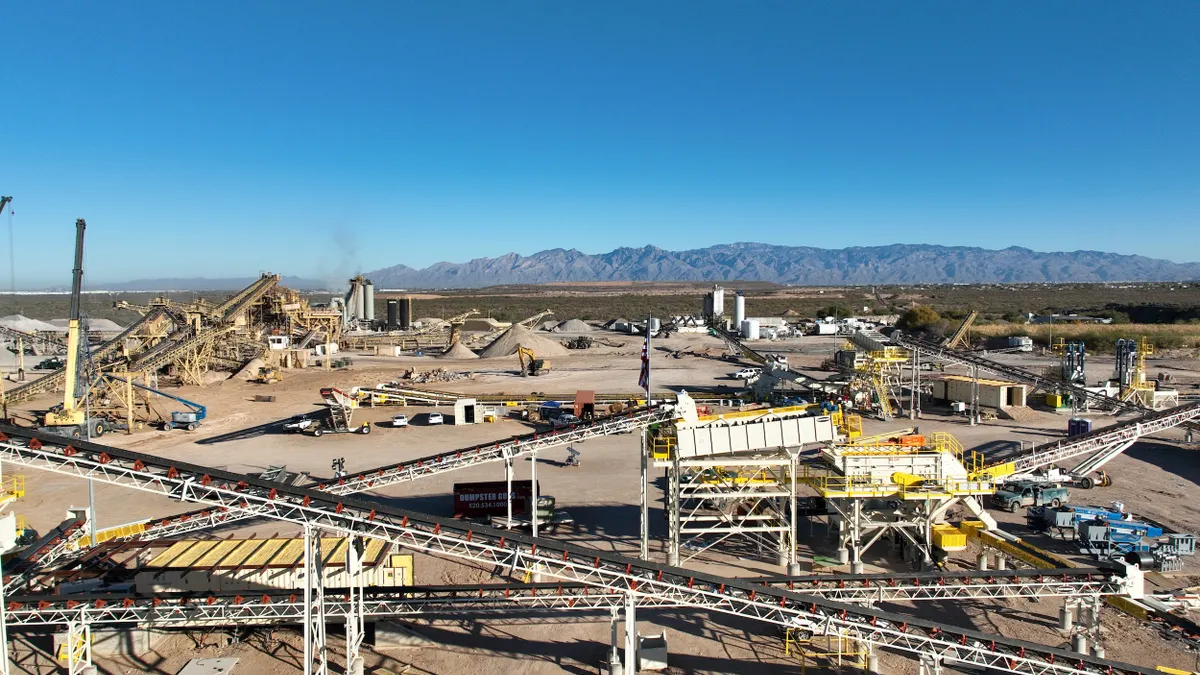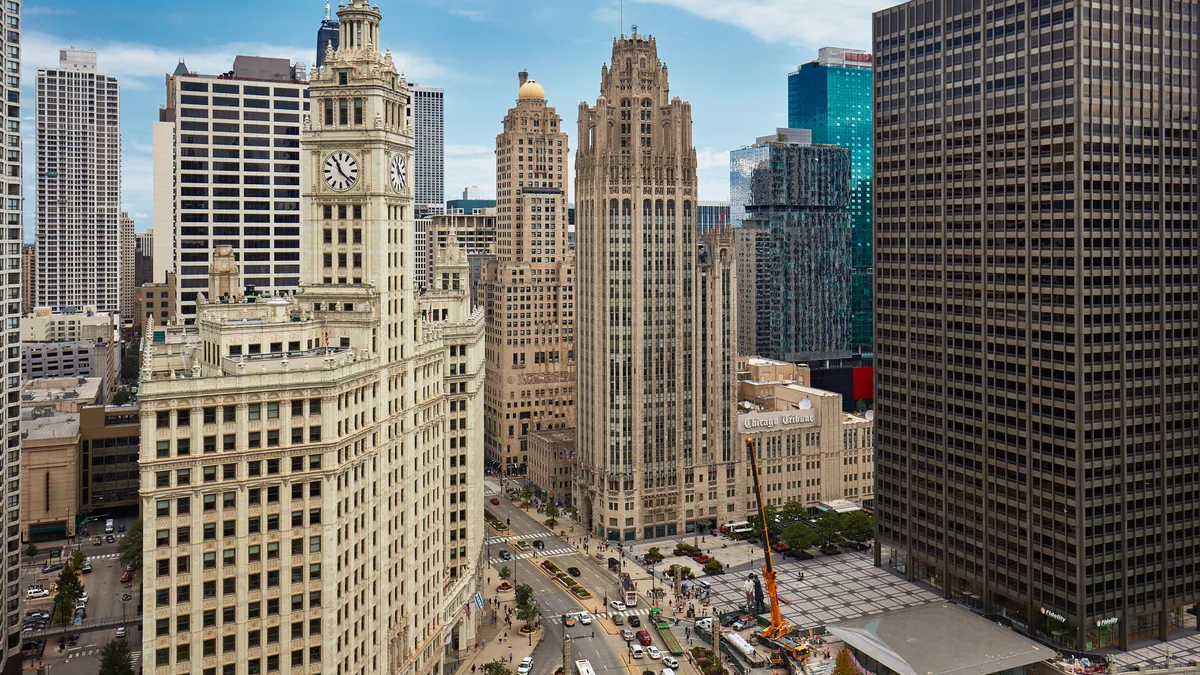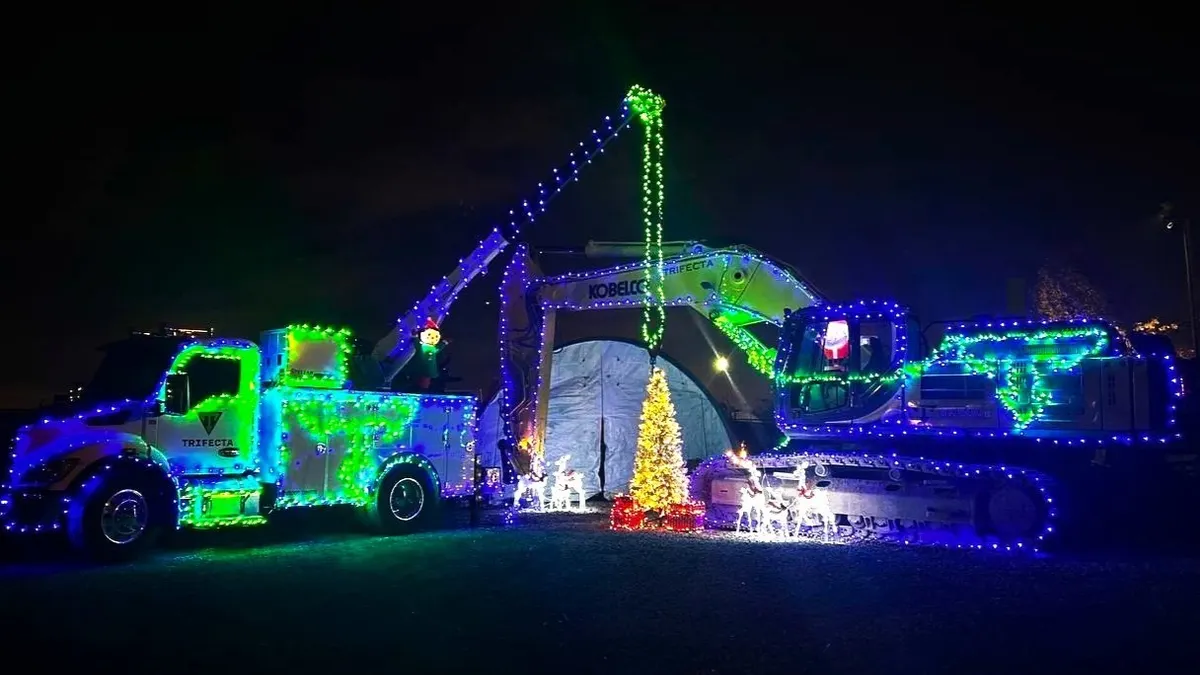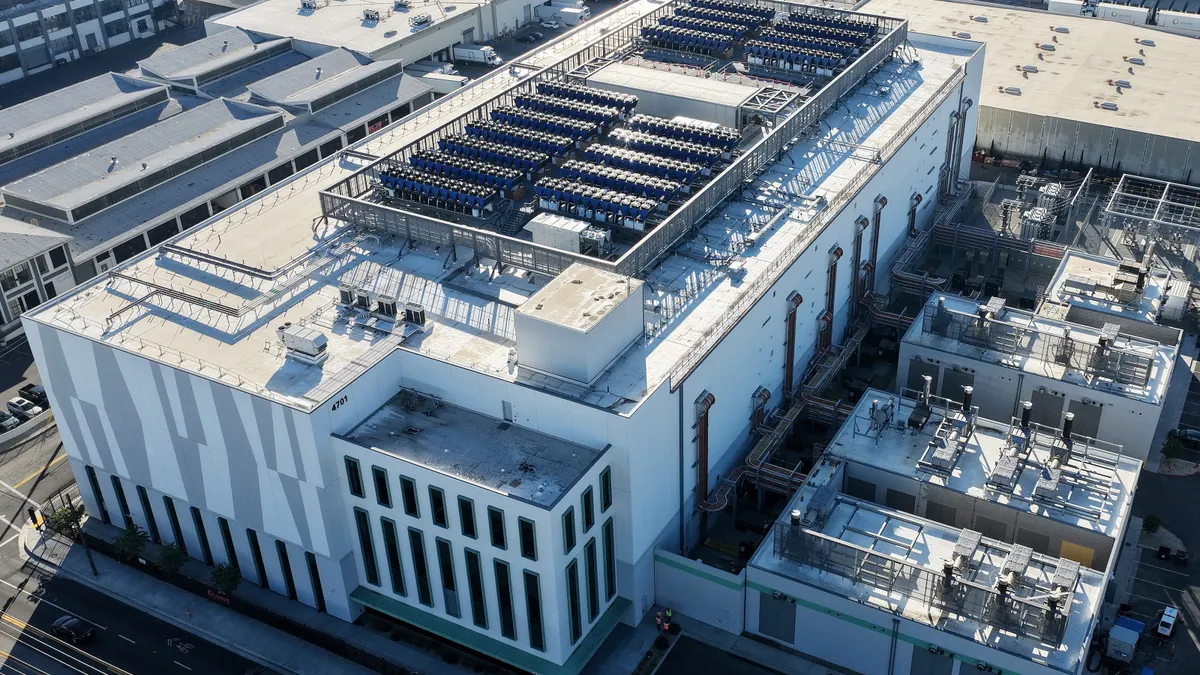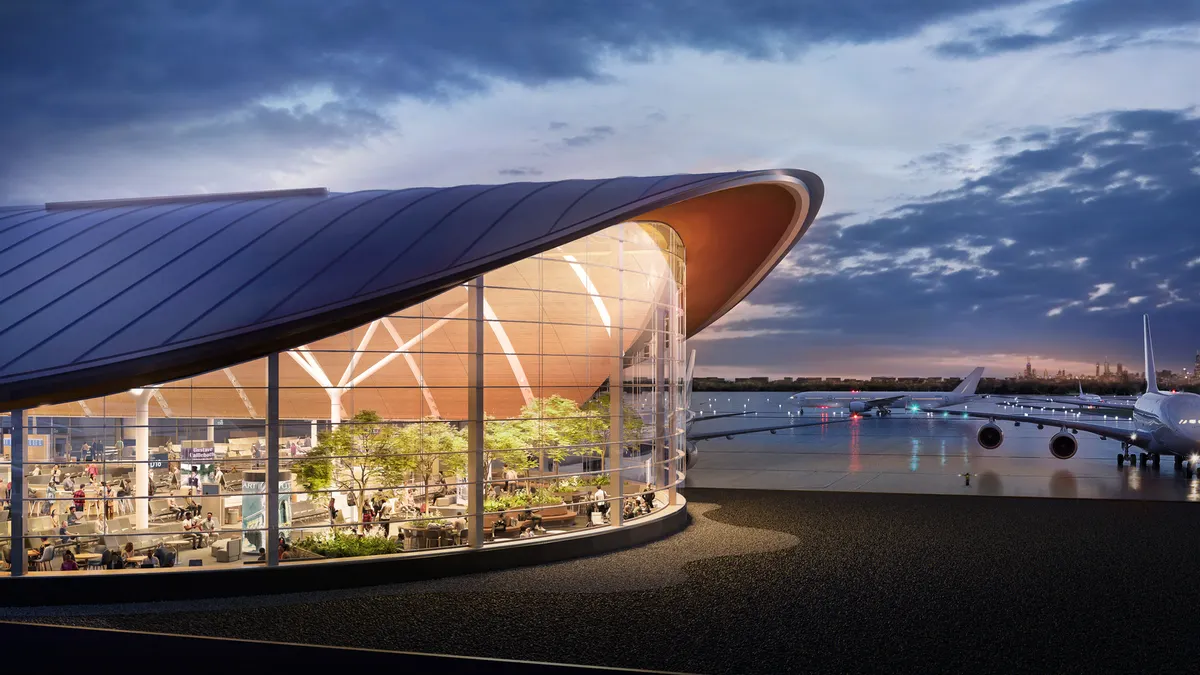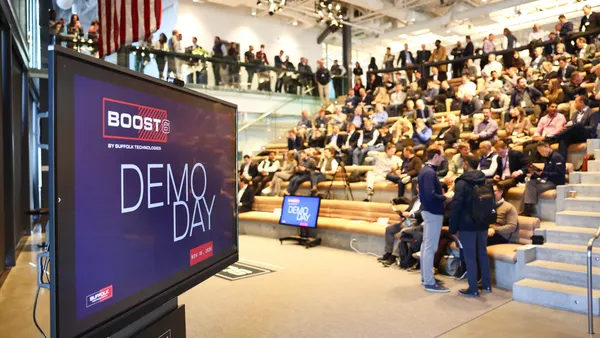During the California gold rush of the 1850s, there were two broad paths to wealth: Go for the gold and strike it rich, or pursue the picks and shovels approach by selling tools and supplies to prospectors.
More than a century and a half later, Granite Construction is pursuing a mix of the two approaches. The Watsonville, California-based civil contractor and road builder is searching for gold in infrastructure projects, which can provide steady revenue and backlog for years to come.
On that front, Kyle Larkin, Granite’s CEO and president, called this “the strongest market I’ve seen in my career,” during a Nov. 6 call discussing the firm’s third quarter results.
On the picks and shovels side, Granite’s materials business is selling the supplies needed to build infrastructure. It offers asphalt and aggregates to other horizontal contractors while supplying its own projects. The firm continues to amass ever more volume by snatching up smaller providers across different regions.
The third quarter of 2025 was no exception. It completed the acquisitions of two aggregate producers for a combined price of $710 million in August.
Then, in October, the firm bought Carson City, Nevada-based Cinderlite Trucking, which operates five aggregate yards, for an undisclosed amount. With this and other bolt-on acquisitions over the last several years, Granite has increased its aggregate production volume to 25 million tons, up from 16 million tons in 2021, Larkin said on the call.
Granite isn’t alone in its growth-via-acquisition strategy. M&A activity has ticked up in the sector of late, for builders and consultants as well as the contech companies that sell to them.
Granite’s picks and shovels strategy is also helping it strike paydirt beyond pure infrastructure jobs, via entry into the building boom for data centers, which also need roads and parking lots.
For example, Larkin said on the call the firm was experiencing particularly strong demand for aggregates in the Southeast.
“It's that significant private investment that we knew was already taking place in the Southeast, and that's proving to be the case,” Larkin said. “There's strong demand associated with data center infrastructure improvements and expansion and development, so we’re already looking at ways that we can meet that demand.”
By the numbers
Granite’s total revenue increased to $1.43 billion, a 12% increase from $1.28 billion in the third quarter of 2024. Net income was also higher, at $102.93 million, a 30% jump from $78.95 million a year ago.
Backlog, which the company refers to as committed and awarded projects, or CAP, came in at $6.3 billion, a company record. That was a $718 million increase from a year ago, representing a 12.9% gain.
Revenue from its materials segment grew 39.1% to $270.99 million, up from $194.81 million a year earlier, according to its earnings release.
Construction revenue was up to $1.16 billion, a 7.6% increase from $1.08 billion a year ago.
Some projects ‘shift to the right’
Although improvements in the materials business were the focus of the call, the risks inherent to large-scale construction projects showed up, too. Granite adjusted downward the upper end of its revenue guidance for full year 2025. It’s now projecting a range of $4.35 billion to $4.45 billion, below its previous range of $4.35 billion to $4.55 billion.
Granite had “some work shift to the right,” Larkin said, meaning revenue it thought would come in the third quarter moved to the end of the year. He explained that lag materialized as some projects took longer in their preconstruction phases than expected.
“It’s always hard to predict the timing of these things,” Larkin said. “Sometimes that preconstruction services can take more than the typical two years that we've talked about. There's actually a couple contracts that we're looking at today that we've been in preconstruction for four and five years, so it can take a while to navigate through all those.”
As some projects struggled to get off the ground, money from the Infrastructure Investment and Jobs Act still promises a long runway ahead. Larkin told investors just half of that money has been used so far.
“We checked in with ARTBA, the American Road Transportation Builders Association, and right now it looks like the spend to date of the IIJA is around 50% through August,” Larkin said. “So there will continue to be opportunities in the marketplace even beyond its expiration next September.”



